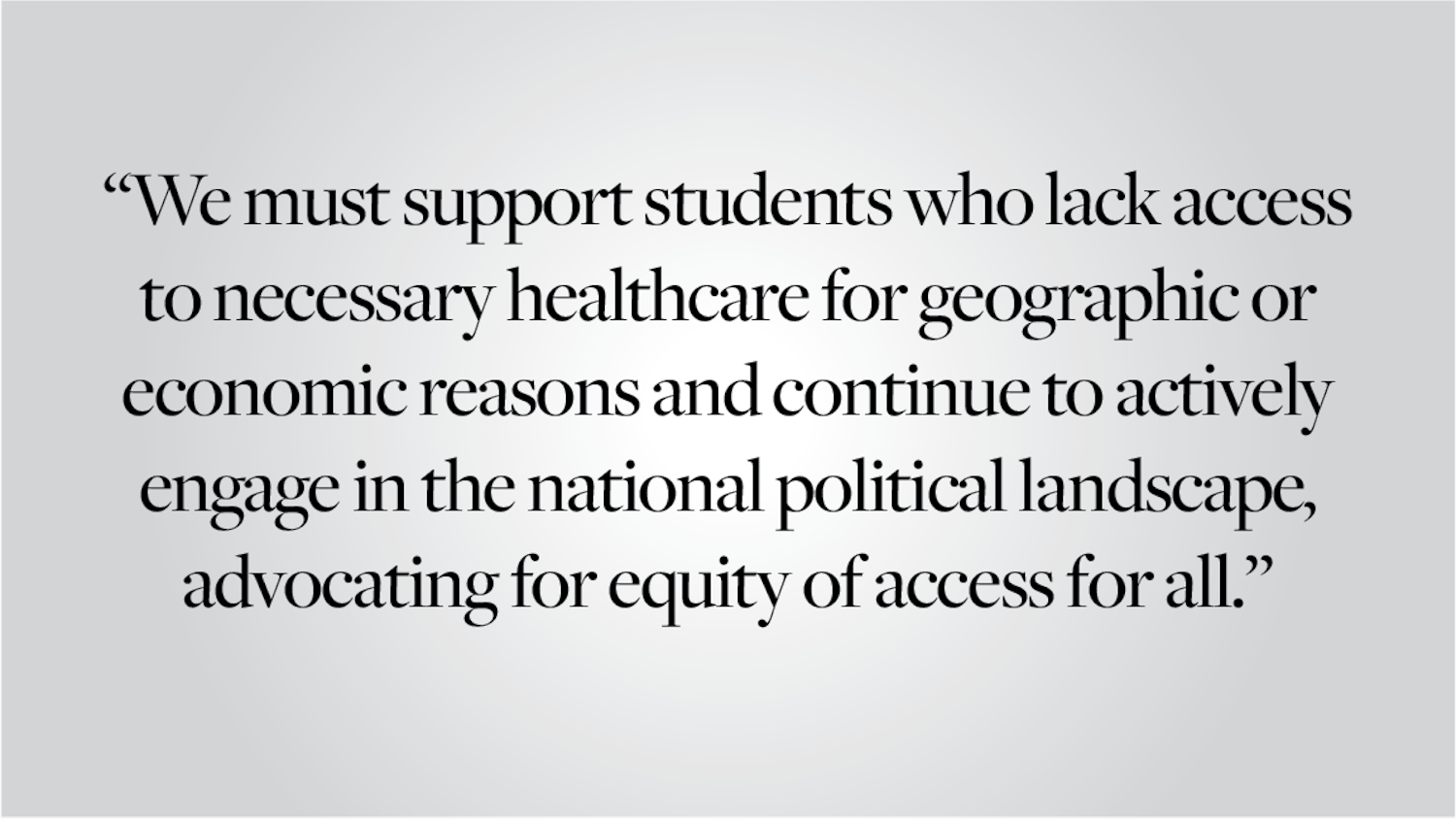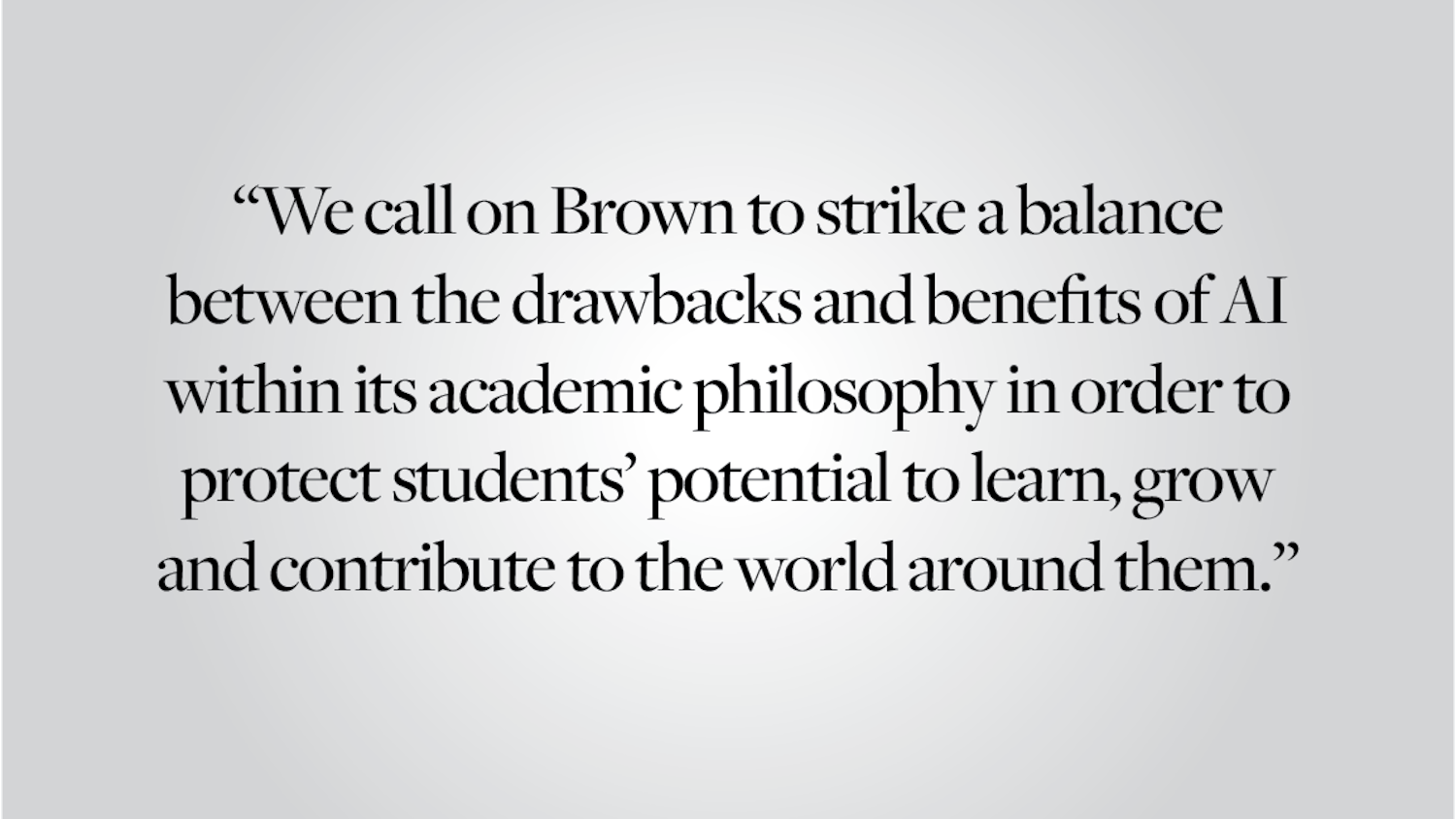Over the next three years, the University will seek to revamp its introductory courses in sciences, technology, engineering and mathematics — known as STEM — with a grant partly sponsored by the Association of American Universities. This study is long overdue and could significantly affect the experience of concentrating in these fields. But the reforms likely to be implemented — integrating math skills and research practices into science courses and reducing the size of large lectures, according to David Targan ’78, associate dean of the College for science education — are incomplete. Introductory STEM courses face a unique challenge in transmitting a great deal of necessary background information while also teaching higher-level thinking. In rethinking these courses, the University should challenge itself to pursue more fundamental changes that are responsive to student reviews.
One of the most obvious barriers to effective STEM education is the diverse backgrounds with which first-years enter Brown. While this discrepancy exists in all disciplines, it is particularly relevant in STEM fields. Most concentrators must begin fulfilling requirements during the first year, leaving little time to rectify potential knowledge gaps. For example, while some students may arrive with little to no college-level math or science background, many Brown students have gone through Advanced Placement calculus and some combination of AP biology, chemistry, physics or computer science prior to their arrival. Students from across this spectrum can be placed in a course like CHEM 0330: “Equilibrium, Rate and Reaction” in their first semester of college, complicating faculty members’ abilities to teach.
Furthermore, a significant benefit of taking AP science and mathematics courses in high school is that the high school model is particularly suited for introductory education: It features more frequent repetition, smaller class sizes and more approachable instructors. We cannot expect MATH 0090: “Introductory Calculus I” — which meets three times a week for four months and is often taught solely by graduate students — to replace an AP course that meets daily for an entire school year by a trained high school teacher. Such equivocation leads to incomplete understanding in students first confronting the material in college. This disparity is particularly problematic because a functional understanding of calculus is necessary for success in later STEM courses.
In re-examining its introductory STEM courses, the University should look within itself, particularly at the practices that distinguish some of the most popular introductory courses from those that are almost universally disliked. While it may be true that fields like biology and neuroscience are more accessible and require less background study than fields like organic chemistry or physics, standout professors who specifically enjoy teaching introductory courses can go a long way in attracting, retaining and teaching students. Some of the most successful introductory courses at Brown — BIOL 0200: “The Foundations of Living Systems” and NEUR 0010: “The Brain: An Introduction to Neuroscience,” for example — are taught by professors who have spent years honing their abilities to teach that specific subject. In contrast, the chemistry and physics departments rotate professors teaching their introductory courses, minimizing instructor experience and potentially instructor enthusiasm. Unsurprisingly, introductory chemistry and physics courses are cited by Brown students as barriers to concentrating in STEM.
A strong introductory STEM background is necessary for success as a STEM, engineering or pre-medical student. While teaching introductory biology, calculus, physics, chemistry and engineering may not be as glamorous as the high-level courses and research that take place on campus, they are no less important. We urge the University to return to basics when reforming introductory STEM classes: more class time, more help hours and professors who are experienced with and take pleasure in teaching introductory material. This approach can both rectify student experience gaps and give all students who wish to pursue STEM a chance to succeed.
Editorials are written by The Herald’s editorial page board: its editor, Rachel Occhiogrosso, and its members, Daniel Jeon, Hannah Loewentheil and Thomas Nath. Send comments to editorials@browndailyherald.com.
ADVERTISEMENT




